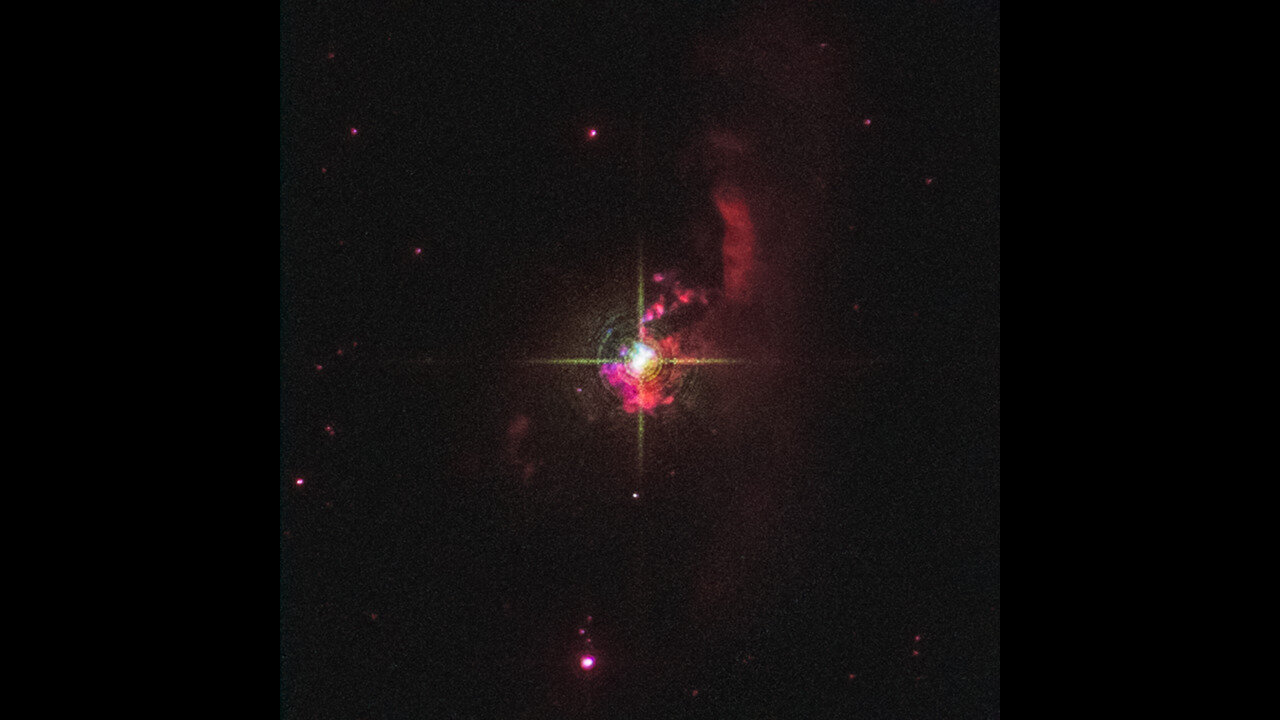The Hubble Space Telescope and SOFIA (Stratospheric Observatory) allowed scientists to take a closer look at the star HM Sagittae. 40 years ago, it flared brightly, and since then, its brilliance has been slowly decreasing. Scientists have determined that it is a very strange binary system.

Strange flare 40 years ago
In April 1975, a previously unimpressive HM Sagittae star suddenly flared up. Within a short time, it increased its luminosity 250 times and remained unextinguished not only for several months, but for several decades.Recently, scientists from NASA published a paper in which they found out the details of what this anomalous object was.
The main reason why HM Sagittae is so striking to scientists is its retention of increased brilliance for 40 years now. And lately it has decreased a little, but the overall temperature of the object has increased on the contrary.
In general, scientists have known for quite a long time what HM Sagittae is. It is a rather unusual case of the so-called symbiotic system. It consists of a giant star and a white dwarf. Matter flows from the first to the second. A bright accretion disk is formed. The gas in it gradually sinks toward the surface of the tiny star, where it heats up and a thermonuclear explosion occurs.
All of this is characteristic for a lot of stars that we call novae. However, they retain their increased brightness only for a few months. And what happens in HM Sagittae scientists are still figuring out.
What the Hubble telescope revealed
The starting point for the new study was data from the Hubble Space Telescope’s 2021 ultraviolet survey of HM Sagittae. They showed that since 1989, a bright magnesium line appeared in the spectrum of the white dwarf, and it itself heated up from 400 thousand to 450 thousand degrees Celsius.
The telescope and spectrograph on board SOFIA have complemented these data with information about the chemical composition of the matter moving from the red giant to the white dwarf. It contains a lot of water and dust. A peculiar bridge 3 billion kilometers long has formed, in which matter moves at a speed of 45 km/s.
At the same time, studies show that the giant star returned to normal luminosity two years after the main flare occurred in 1975. It’s even faded a bit. Scientists don’t know the reason. However, they are now convinced that the solution to the mystery lies somewhere on the white dwarf and that it, along with the “bridge” and the accretion disk, should be studied first.
According to phys.org


